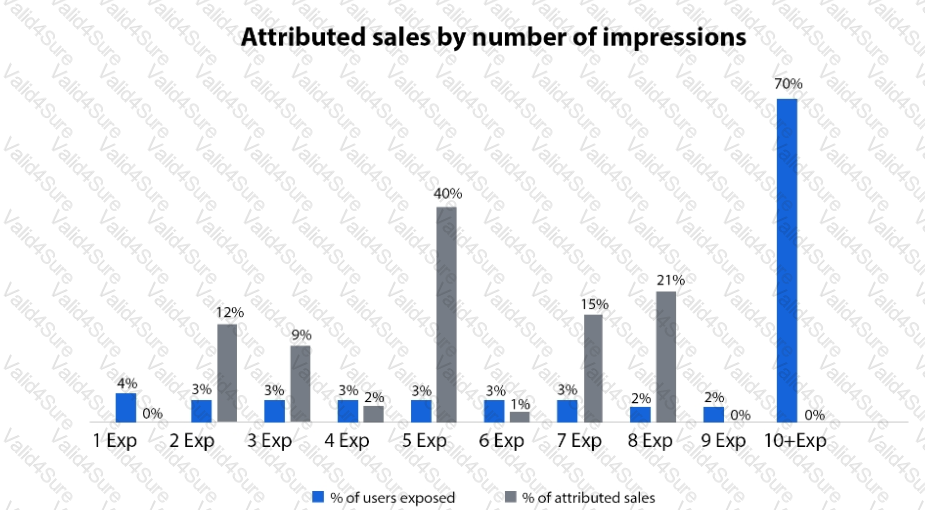200-101 Exam Dumps - Facebook Certified Marketing Science Professional
An advertiser is going to launch a Facebook campaign and use a new audience strategy. The analyst wants to measure the impact that this new audience strategy has on purchase intent.
What measurement approach should be used to estimate the true causal effect of this activity?
A spa wants to increase awareness of its package holiday deals internationally. It has been investing heavily in influencer marketing and social media campaigns. Its most popular influencer recently posted a video about the retreat that received 500,000 likes in the first day. The spa gained more than 3,000 new followers on its Instagram account.
Given the outcome of this organic post, the spa decides to pull their paid social media campaigns because this spend generates only a quarter of the engagement compared to influencer posts.
What advice should the analyst share about measuring success in this way?
A newly launched costume brand advertising heavily on Google search has recently allocated 5% of its budget to Facebook ads. Its costumes sell for S45 or less. The brand ran an account level Conversion Lift to measure the proportion of sales generated by Facebook.
To reduce negative business impact, it chooses to run the test during its off-peak season. The test ran for two weeks, with a campaign budget of S5,000. From the internal sales data, it sees that a total of 70 purchases were made during the test period.
The results:
• Lift in view content: 27%
• Lift in add to cart: 15%
• Lift in purchases: Flat / No results available
• Cost per incremental add to cart: S56
What two conclusions could the advertiser draw based on the results? (Choose 2)
A snack retailer runs an eight-week video campaign with attributed sales. The campaign targets snack lovers, gamers, and millennials. The test results are as follows:

What should the company test using experimental design to improve efficiency in number of exposures?
An advertiser wants to know whether campaign strategy A had significantly different performance than campaign strategy B in terms of additional sales. The campaigns both ran at the same time against mutually exclusive portions of the advertiser's customer base.
What is the null hypothesis of the test design?